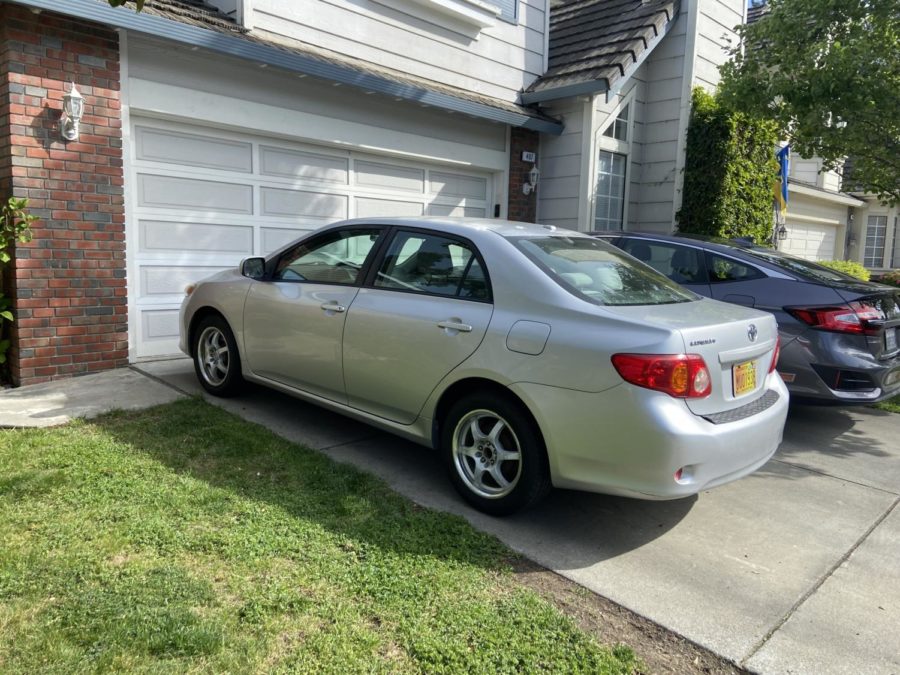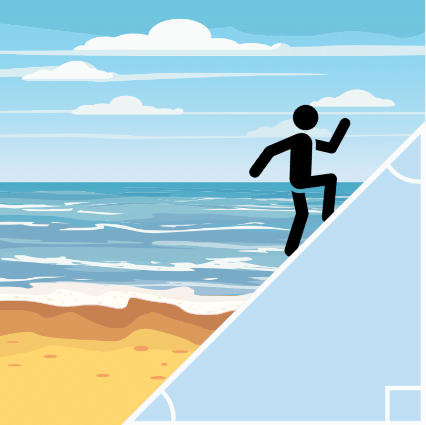It is difficult for teenagers to get their driver’s license, and many are not happy with the California Department of Motor Vehicles (DMV).
To obtain a driver’s license in California, a student must be at least 16 years old, and driving for six months prior. During those six months, three driving lessons must be completed by a licensed instructor, two hours each. The student also must have 50 hours of supervised driving signed off on by a legal guardian. Before the first lesson, the student is not allowed to drive with anyone, even though they already have their driving permit. However, most teens still get some experience driving with their parents or friends before their first lesson just to get a hang of how the car operates.
“I think I would have crashed [if I didn’t have any driving experience before my first lesson],” junior Ben Lewis said. “I probably would have freaked out and ran into something, probably like a car on the side of the road. It would be much less stressful for them too, because I think I was pretty stressed for my first instructor [since] he was slamming on the brakes the entire time.”
It takes a while just to get used to how the car works and be able to drive around in neighborhoods comfortably. If a new driver hasn’t had any past driving experience, they shouldn’t expect to get onto a busy road on their first lesson. An anonymous Woodside student has been driving with their parents for two months without having their first lesson.
“If you have zero starting point, a lesson isn’t going to be helpful,” the anonymous student said. “So I think you should have at least a little bit of experience, and then I think the lesson would be more helpful. You can’t just start from absolutely knowing nothing, because then the first two hours are just going to be you learning how to operate a car, not you driving around. I feel like [instead of the instructor who you’re paying,] your parent could be the one who’s teaching you how to shift, how to go into drive, and how to use your turn signal.”
The basics of driving are not too complicated, and any driver could teach them. Nonetheless, driving instructors are still the experts. They had to pass three driving exams, and they know the correct way to drive so that bad habits are not formed by the student.
“At least with my driving instructor, he had very specific ways he wanted me to do everything,” sophomore Zack Matityahu said. “So I feel like if I had previous experience, he would have just gotten very angry at me for a lot of things.”
With so many teens having prior driving experiences before their first lesson, instructors start to overestimate their students, assuming that they already have a certain level of driving knowledge.
“I think it would be good [to have driving experience before your first lesson], because during my first driving lesson, he didn’t tell me how to do anything,” sophomore Kasey Mclean said. “He just expected me to know how his car worked.”
Depending on a student’s preference, learning to drive can be easier or harder to drive with a stranger. Some teens can be frustrated if their parents are yelling at them, but others prefer the comfortability that comes with driving with their parents.
“It could be a pretty intimidating environment,” the anonymous student said. “It’s a car, and it’s dangerous definitely. If you’re stressed because you don’t know [the instructor], for some people the moment you’re on edge, it could just make things 100% worse. [If] you can’t learn, or you’re just not thinking your best, and your reaction time is not the best.”
Driving on the highway is the hardest part for a lot of student drivers, but instructors aren’t required to take them. Instructors choose where their students drive, which all depends on skill level and preference.
“I wasn’t really taken on the highway in the lessons,” Matityahu said. “I think I was once, and you don’t really get comfortable driving on the highway during the lessons. So if your parents can’t drive you a lot, you’re not gonna get a lot of freeway experience, and then it’s just gonna be really overwhelming. Especially during rush hour.”
A two-hour driving lesson in California costs around 100 dollars. Even though students can take as many lessons as they want, most just stick to the required three, since lessons can become quite expensive.
“Three is an okay number [of driving lessons], which is six hours, but some people’s parents don’t always let them drive their cars,” Mclean said. “Some people will have more experience, and some won’t.”
After six months and completing the required amount of lessons and driving hours, a student is free to take their driving test regardless of skill level.
“I honestly think that the last driving lessons should have to be approved by the [instructor], because on mine, he didn’t even tell me if he thought I was going to be good,” Matityahu said. “He just let me go. If he doesn’t think I’m gonna pass, or if he thinks I’m gonna be an unsafe driver, he shouldn’t let me take [the test].”












